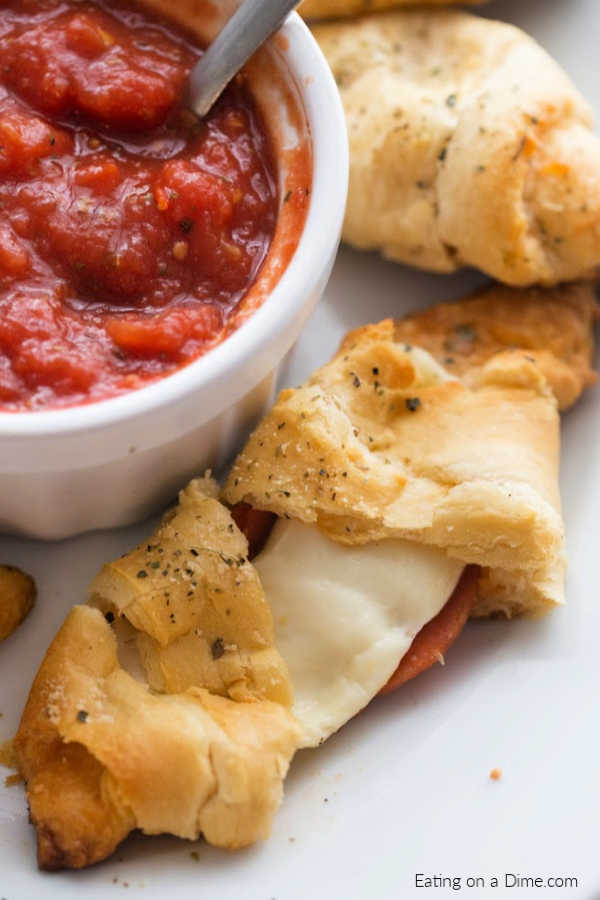including "stuffing recipe" with the translated term in English:
Guide or Summary:Choosing the Right BreadEssential Aromatics and HerbsAdding the Perfect MoistureIncorporating Additional IngredientsBaking Tips for Perfect……
Guide or Summary:
- Choosing the Right Bread
- Essential Aromatics and Herbs
- Adding the Perfect Moisture
- Incorporating Additional Ingredients
- Baking Tips for Perfection
- Serving and Enjoying
**The Ultimate Thanksgiving Stuffing Recipe Guide: Tips and Tricks for a Perfect Holiday Dish**
Thanksgiving is a time for family, gratitude, and of course, delicious food. One of the most beloved dishes on the holiday table is the stuffing recipe. This savory side dish is a staple in many households, and its rich flavors and comforting textures make it a favorite among both young and old. In this comprehensive guide, we'll dive deep into the art of creating the perfect stuffing, offering tips and tricks that will elevate your holiday meal to the next level.
Choosing the Right Bread
The foundation of any great stuffing recipe is the bread. The type of bread you choose will significantly impact the texture and flavor of your stuffing. Traditional choices include white bread, sourdough, and cornbread. Each type of bread brings its unique characteristics to the dish:
- **White Bread**: Soft and neutral, it absorbs flavors well and provides a classic stuffing texture.
- **Sourdough**: Adds a tangy flavor and chewy texture, perfect for those who enjoy a bit of complexity in their stuffing.
- **Cornbread**: Offers a slightly sweet and crumbly texture, ideal for Southern-style stuffing recipes.

It's essential to use day-old or slightly stale bread, as fresh bread can become too mushy when combined with other ingredients.
Essential Aromatics and Herbs
Aromatics and herbs are crucial for infusing your stuffing with rich, savory flavors. Common aromatics include onions, celery, and garlic. These ingredients should be sautéed until soft and fragrant before being mixed with the bread.
Herbs play a significant role in defining the taste profile of your stuffing. Traditional choices include sage, thyme, and rosemary. Fresh herbs are preferred for their vibrant flavors, but dried herbs can also be used if fresh ones are not available. Be sure to finely chop the herbs to ensure even distribution throughout the stuffing.
Adding the Perfect Moisture
Achieving the right moisture balance is key to a successful stuffing recipe. Too much liquid can make the stuffing soggy, while too little can result in a dry, crumbly dish. The most common liquids used are chicken or turkey broth, but vegetable broth can also be used for a vegetarian option.
Start by adding a small amount of broth to the bread mixture and gradually increase until the desired consistency is reached. The bread should be moist but not soaking wet. If you prefer a richer stuffing, consider adding a beaten egg or two, which will help bind the ingredients together.
Incorporating Additional Ingredients
While a basic stuffing recipe is delicious on its own, adding extra ingredients can take your dish to the next level. Popular additions include:
- **Sausage**: Adds a savory and slightly spicy element.
- **Cranberries**: Provide a sweet and tart contrast.
- **Nuts**: Such as pecans or walnuts, add a delightful crunch.
- **Apples**: Offer a hint of sweetness and a refreshing texture.
When adding these ingredients, ensure they are evenly distributed throughout the stuffing to achieve a balanced flavor in every bite.
Baking Tips for Perfection
Baking your stuffing correctly is crucial for achieving the perfect texture. Preheat your oven to 350°F (175°C) and bake the stuffing in a buttered baking dish. Cover the dish with aluminum foil to prevent the top from drying out and bake for about 30 minutes. Remove the foil and bake for an additional 15-20 minutes, or until the top is golden brown and crispy.

If you prefer a stuffing with a softer texture, you can bake it inside the turkey. However, ensure the stuffing reaches an internal temperature of 165°F (74°C) to ensure it's safe to eat.
Serving and Enjoying
Once your stuffing is perfectly baked, let it rest for a few minutes before serving. This allows the flavors to meld together and makes it easier to serve. Stuffing pairs wonderfully with turkey, gravy, and other Thanksgiving staples such as mashed potatoes and cranberry sauce.
In conclusion, mastering the art of the perfect stuffing recipe involves selecting the right bread, incorporating flavorful aromatics and herbs, achieving the ideal moisture balance, and baking to perfection. By following these tips and tricks, you'll create a stuffing that will be the star of your holiday table and leave your guests asking for seconds. Happy Thanksgiving!